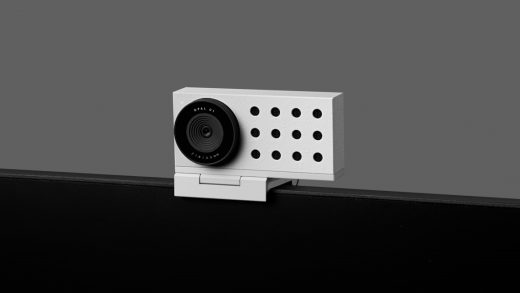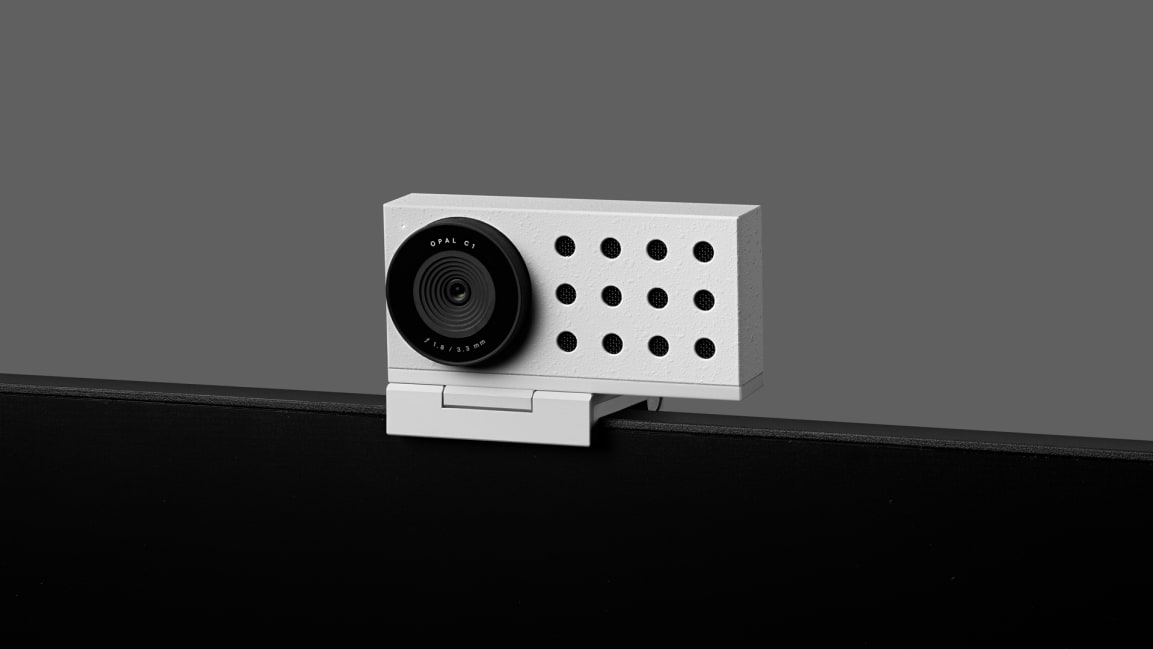Would you pay $300 to look better on Zoom?
A few months ago, the Reddit cofounder Alexis Ohanian tweeted a cryptic message about a “mind-blowing” webcam.
In the photo Ohanian shared, the camera looked like a monolithic slab, punctured by a dozen microphone holes with an abnormally large lens on its left side. Its makers hailed from Apple, Beats, and Uber, he explained, and he had invested in the product. “Webcams, welcome to 2021,” he wrote.
That webcam turned out to be the Opal C1, a $300 desktop camera whose primary goal is to make you look nicer on Zoom calls. It combines a 4K Sony image sensor and f1.8 aperture lens with an Intel video-processing chip that uses AI to ensure image quality, along with a microphone array that’s supposed to make you sound better, too. It starts shipping today for those who’ve previously joined Opal’s waitlist.
I’ve been playing with an Opal review unit for the past few days, and I can’t yet say that my mind has been blown, but it is a nice webcam with some neat software features. As far as more magical capabilities go, Opal’s founders say their work has only just started.
“It’s still early days for us, and we have a lot to prove,” says Veeraj Chugh, Opal’s cofounder and CEO, “but just based on the early user feedback that we’ve gotten, it’s hard not to feel like we’re onto something.”
Taking on the DSLR
Chugh and Stefan Sohlstrom, Opal’s president and other cofounder, only started the company a year ago after working together at Uber. Their origin story is not surprising: Like a lot of other people dealing with pandemic Zoom calls, they were frustrated with the quality of consumer webcams and wanted to create something better.
“For people who now make their living, communicate with family, and do their entire job on Zoom, the current solutions just aren’t good enough,” Chugh says.
Most laptop webcams are indeed uninspiring, with resolutions that typically max out at 720p and little ability to compensate for low-lighting conditions. External cameras, such as Logitech’s $70 C920, are better, and both Logitech and Razer have moved upmarket with their $200 Brio and Kiyo Pro cameras, respectively.
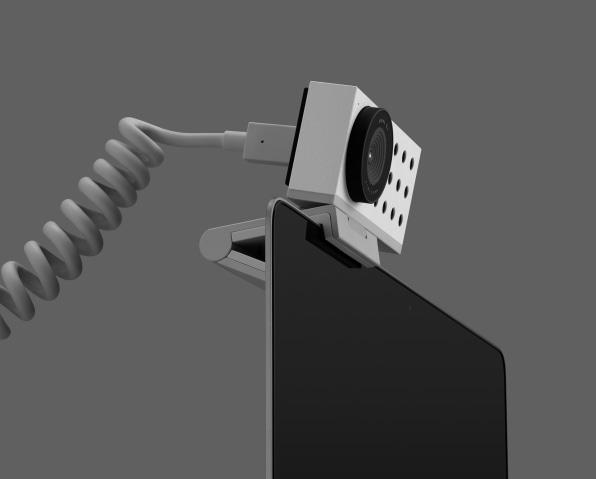
Still, Chugh and Sohlstrom felt like they could combine hardware and software to close the gap with high-end DSLR and mirrorless cameras, which can often double as webcams and have come into vogue for that purpose during the pandemic. By loading the Opal with an AI chip and developing their own software, they hope to produce the kind of software-driven camera effects that you now find on modern smartphones. The same goes on the audio side, where they want to mimic the kind of rich vocal effects that a podcaster might add in post production.
“Everyone would love to have a DSLR setup, but it’s cost prohibitive, it’s time prohibitive, it’s enormously complex to do, and so what we’re trying to offer people is the ability to get really close to that at a fraction of the cost,” Chugh says.
Work to be done
The current version of Opal does not quite meet those aspirations, partly because the software is a work in progress, and partly because of limitations in MacOS.
On this software side, a pop-up on the Mac menu bar offers a slider for background blur, a “Face Lock” setting that zooms in around your head, a “Touch-Up” slider to smooth out your face, and all kinds of manual controls over settings, such as exposure and contrast.
These features work well today, and the resulting picture is noticeably more lifelike than that of my Logitech C920 webcam. It’d be nice to see more filter effects, stronger background blur, or even virtual backgrounds that look more natural than Zoom’s versions. Opal’s audio enhancement features also aren’t yet available, so I couldn’t test them.
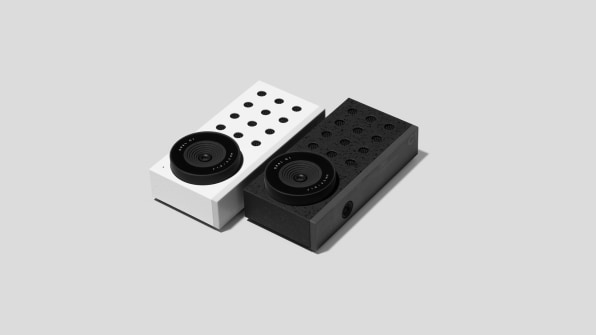
A potentially bigger issue is that the Opal C1 operates as a “virtual camera” in MacOS, with the raw video feeding into an app that in turn connects with videoconferencing apps, such as Zoom. MacOS doesn’t recognize virtual cameras at the system level, ostensibly for security reasons, which means many apps can’t detect Opal while its software is running.
Other virtual camera apps, such as Snap Camera and Mmhmm, have the same limitation, but they’re not tied to hardware the way Opal is. If you want to use Opal’s camera with Facetime, Google Meet, or Microsoft Teams, you must quit Opal’s software first. Doing so turns the device into a standard webcam that all apps can recognize, but it sacrifices Opal’s software enhancements in the process.
Chugh and Sohlstrom say they have a long list of features they’d like to work on, including the missing audio features and a more seamless way to exit virtual camera mode. Windows support is also on the roadmap for next year, though the C1 does work as a standard Windows webcam already without Opal’s companion app.
Beyond those basic improvements, the cofounders speak of fusing software and hardware in wilder ways. Sohlstrom mentions gesture controls as a possibility—for instance, you might flash a peace sign to dump out of a video call—along with coaching features that can recognize flaws in your Zoom presentation skills. They also talk about doing more with simulated lighting to obviate the need for external ring lights.
“I think long-term, what we’re trying to do is more magic,” Chugh says.
Buying a beta
Given the work ahead for Opal’s team, early buyers should know that they’re essentially investing in beta hardware, though Chugh and Sohlstrom don’t shy away from that designation. They plan to sell the Opal C1 in limited quantities to start, and they gave no timeline for when you might be able to purchase one without joining a waitlist.
But they also believe time is on their side. Remote work clearly isn’t going anywhere, and while Apple itself has started paying more attention to webcam quality—its latest MacBook Pro cameras now support 1080p resolution, for instance—the company is ultimately bound by the space constraints of its thin and light computers. At least in the near future, it seems unlikely that Macs will start shipping with camera bumps.
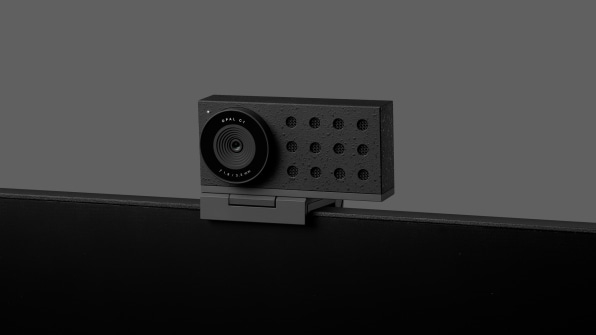
The founders also say they’re not looking to get bought by another company, like, say, Logitech. Instead, their plan is to methodically improve the product before launching it more broadly, at which point they think they’ll have a business with wide appeal. Their goal isn’t just to sell hardware to “other tech bros,” as Chugh says, but to help anyone visually stand out in a world of remote work.
“One of the cool things about this product is that we use it, my mom’s a college professor and she loves using it for her classes, and we have CEOs of Fortune 500 companies also signing up,” he says. “The overlap of consumer-tech products that I love and my mom loves is very, very small.”
(59)

